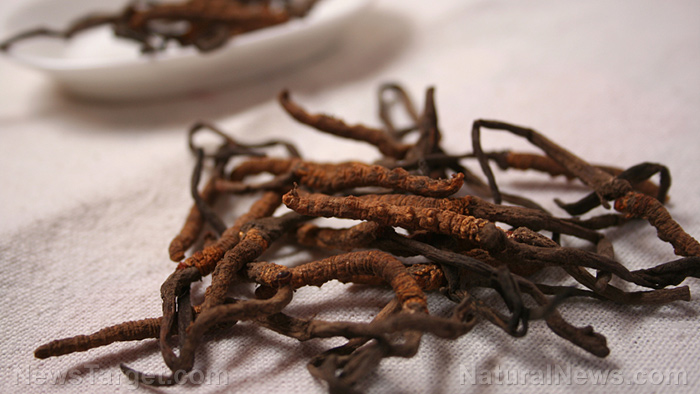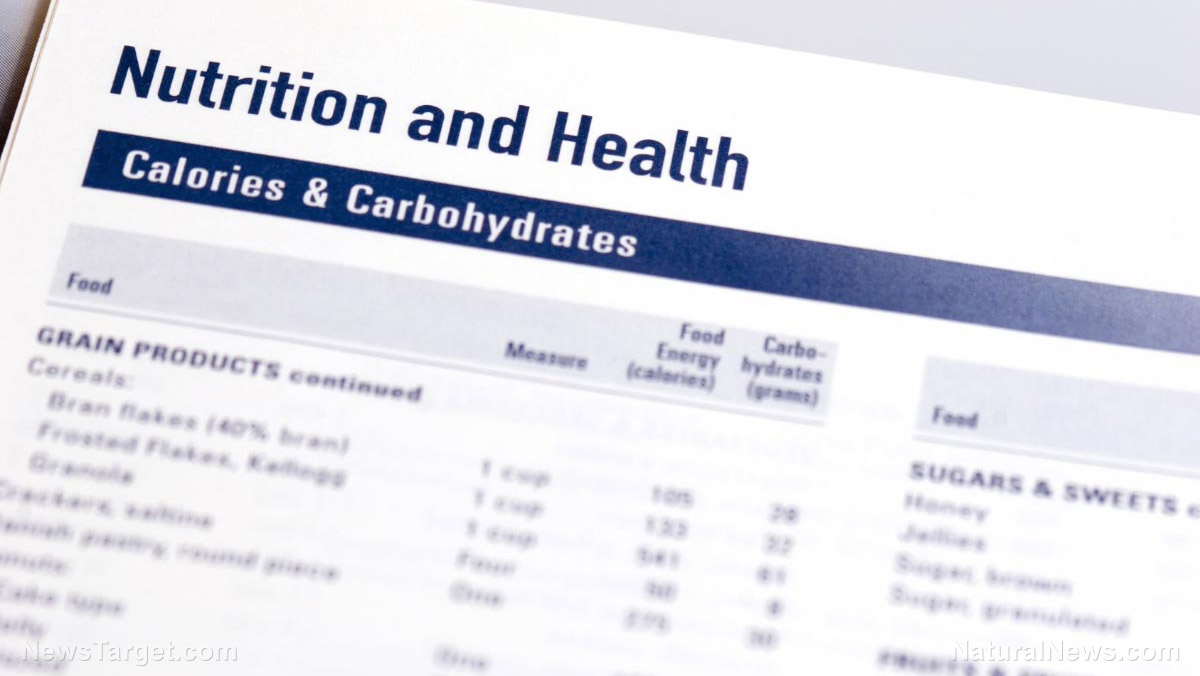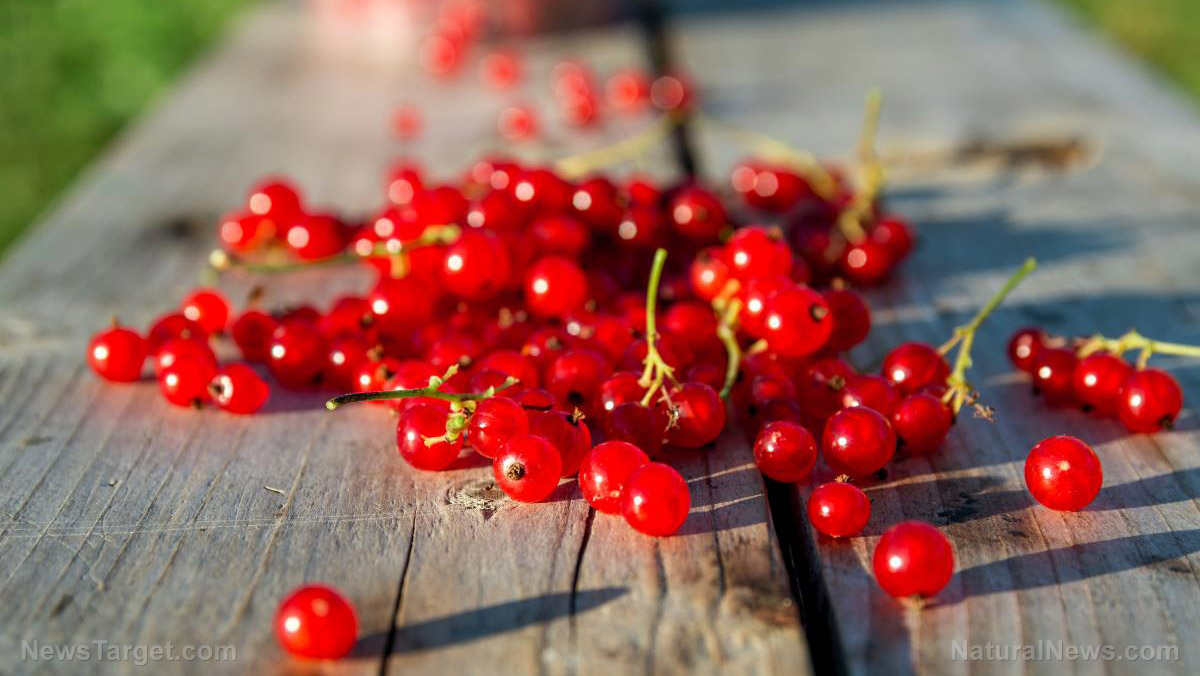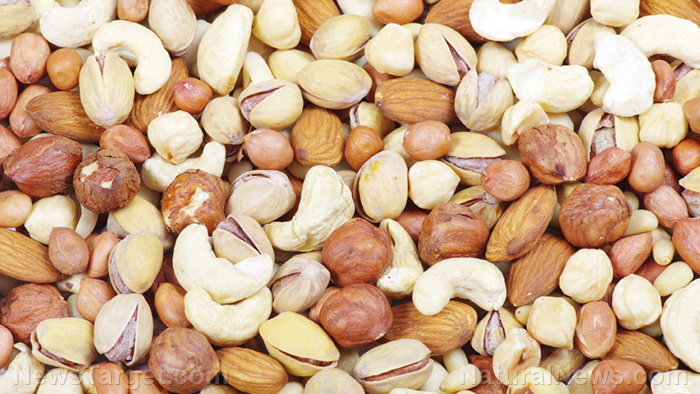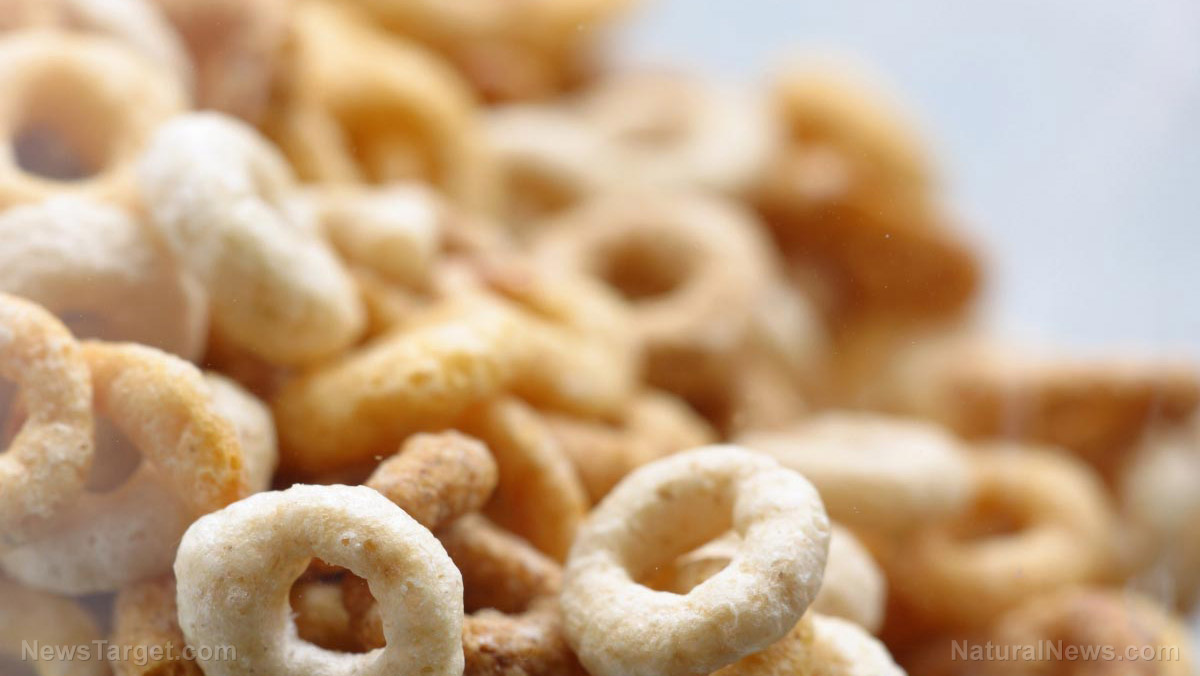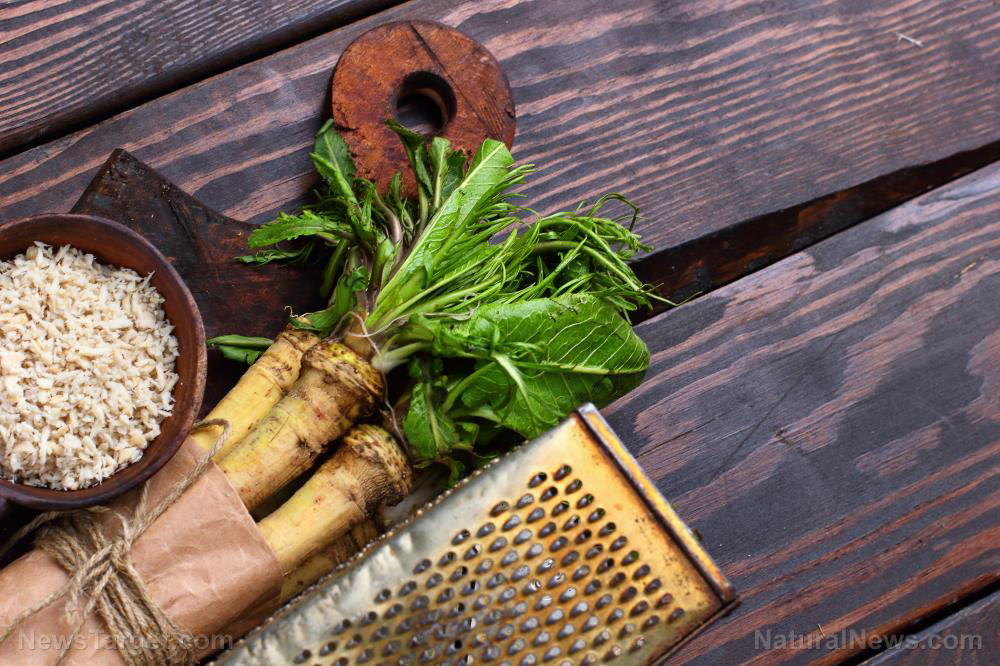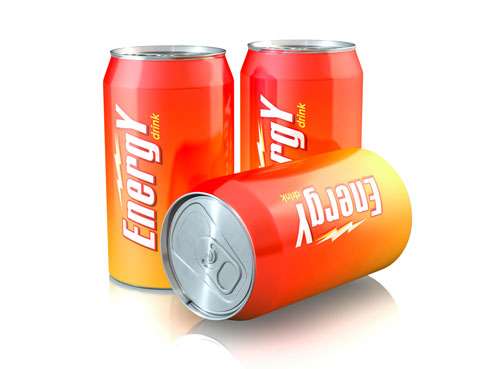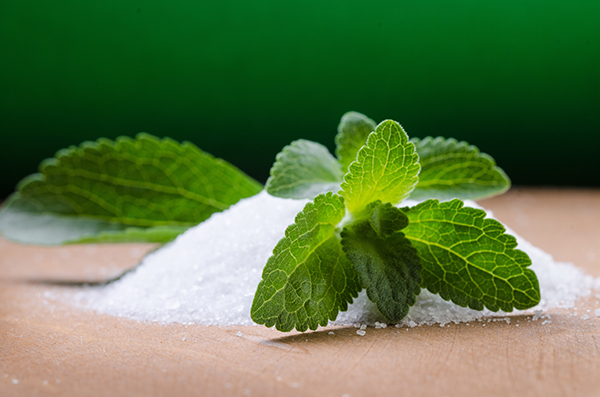Moderate wine and beer intake can potentially improve cardiovascular health
11/22/2019 / By Evangelyn Rodriguez

In this study, researchers from Spain examined the associations of moderate alcohol intake and the type of alcoholic beverage with metabolic and inflammatory biomarkers. Their findings were published in the journal Nutrition Research.
- Scientific evidence of the association between moderate alcohol intake and blood cardiometabolic marker levels is inconsistent and difficult to interpret for future disease prevention.
- The researchers hypothesized that moderate alcohol consumption is linked to lower levels of inflammation markers and higher levels of protective cardiometabolic markers.
- To test this hypothesis, the researchers conducted an observational, cross-sectional study involving 143 apparently healthy adults aged 55 or older.
- They divided the participants into three groups: the abstainers and occasional consumers (ABS), the beer consumers (BEER), and the mixed beverage consumers (MIXED).
- They used interviewer-administered questionnaires to collect information on alcoholic beverage intake frequency, food frequency, physical activity, socioeconomic status, disease and medications, and other health-related habits.
- The researchers found that high-density lipoprotein cholesterol (HDL) and sP-selectin were significantly higher in the MIXED group than in the ABS group.
- Meanwhile, adiponectin was higher in the MIXED group than in the BEER group.
- All the alcohol consumers had higher mean platelet volume values than those in the ABS group.
- Using linear regression analyses, the researchers found that HDL-c, sP-selectin and adiponectin were positively associated with wine intake, while mean platelet volume was associated with beer intake.
Based on these results, the researchers concluded that moderate alcohol intake (mostly wine) could benefit heart health by increasing HDL-c and adiponectin levels.
Journal Reference:
Nova E, Mauro-Martin IS, Diaz-Prieto LE, Marcos A. WINE AND BEER WITHIN A MODERATE ALCOHOL INTAKE IS ASSOCIATED WITH HIGHER LEVELS OF HDL-C AND ADIPONECTIN. Nutrition Research. March 2019;63:42–50. DOI: 10.1016/j.nutres.2018.12.007
Tagged Under: Alcohol, beer, cholesterol, disease treatments, food cures, food is medicine, functional food, heart disease, heart health, prevention, research, wine
RECENT NEWS & ARTICLES
COPYRIGHT © 2017 FOOD SCIENCE NEWS

